Applewood Dry Rub: A Smoky, Sweet Twist on Your Favorite Dishes
Table of Contents
Introduction to Applewood Dry Rub
If you're a spice enthusiast or a home cook looking to elevate your grilling game, then applewood dry rub is a must-have in your pantry. This unique blend of spices and smoky notes is derived from the natural aroma of applewood smoke, which gives it a distinct flavor profile that's both sweet and savory.
Applewood dry rub is typically made by combining ground spices like paprika, garlic powder, onion powder, and brown sugar with wood chips or sawdust from apple trees. The result is a dry rub that not only enhances the taste of your meat but also imparts a subtle, woody smokiness that’s hard to replicate with other ingredients.
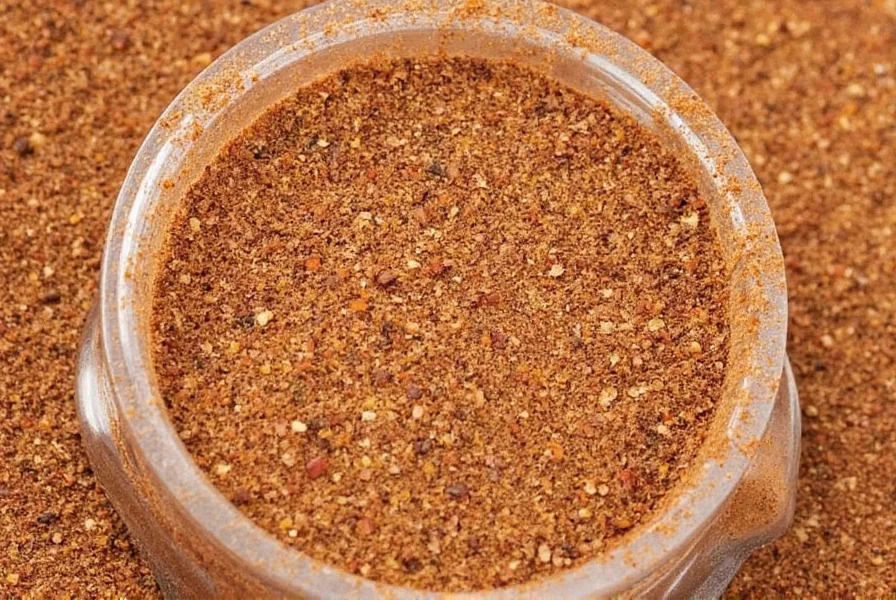
Why Choose Applewood Dry Rub?
There are countless dry rubs on the market, but applewood dry rub stands out for its versatility and depth of flavor. Here are a few reasons why it's worth adding to your collection:
- Smoky Flavor Without the Smoke: Unlike traditional smoking methods, applewood dry rub delivers that rich, smoky taste without the need for a smoker or long cooking times.
- Perfect for Meats: It pairs exceptionally well with pork, chicken, and even beef, making it a go-to choice for backyard barbecues and indoor grilling.
- Sweet and Savory Balance: The inclusion of brown sugar adds a touch of sweetness that complements the spiciness of other seasonings.
- Easy to Use: Simply apply the rub before cooking, and let it work its magic as the heat brings out the flavors.
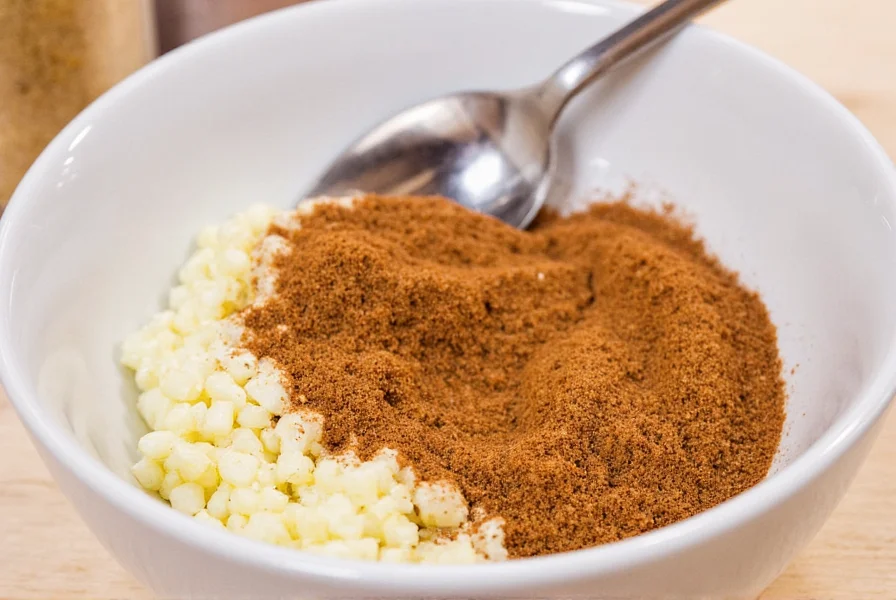
How to Use Applewood Dry Rub
Using applewood dry rub is simple, but there are a few key tips to ensure you get the best results every time:
- Apply Generously: Coat your meat evenly with the rub, making sure to cover all sides for maximum flavor infusion.
- Let It Rest: After applying the rub, let the meat sit for at least 30 minutes to allow the spices to penetrate the surface.
- Pair with the Right Cooking Method: While it works great on the grill, it also shines when used in oven-roasted dishes or slow-cooked meals.
- Experiment with Combinations: Try mixing it with other rubs or sauces for a more complex flavor profile.
For example, if you’re making pulled pork, rubbing it with applewood dry rub before slow-cooking will give it that irresistible smoky sweetness that everyone loves.
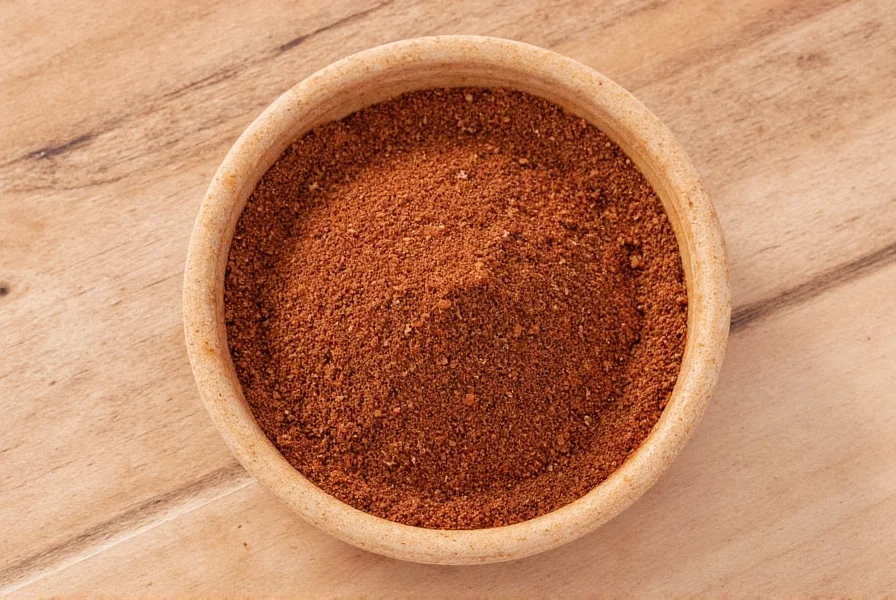
Comparing Applewood Dry Rub with Other Rubs
While there are many types of dry rubs available, each has its own unique characteristics. Here’s how applewood dry rub stacks up against some popular alternatives:
| Rub Type | Flavor Profile | Best For | Key Ingredients |
|---|---|---|---|
| Applewood Dry Rub | Smoky, slightly sweet, and savory | Pork, chicken, beef | Spices, brown sugar, applewood chips |
| BBQ Rub | Spicy, tangy, and sweet | Beef, ribs, brisket | Mustard, paprika, cayenne, vinegar |
| Cajun Rub | Spicy, herbal, and bold | Chicken, seafood, vegetables | Paprika, garlic, onion, cayenne |
| Mexican Rub | Earthy, spicy, and aromatic | Beef, chicken, tacos | Oregano, chili powder, cumin, garlic |
As you can see, applewood dry rub offers a more balanced and nuanced flavor compared to some of the more aggressive options. It’s ideal for those who want to enjoy the taste of smoked meat without the hassle of actual smoking.
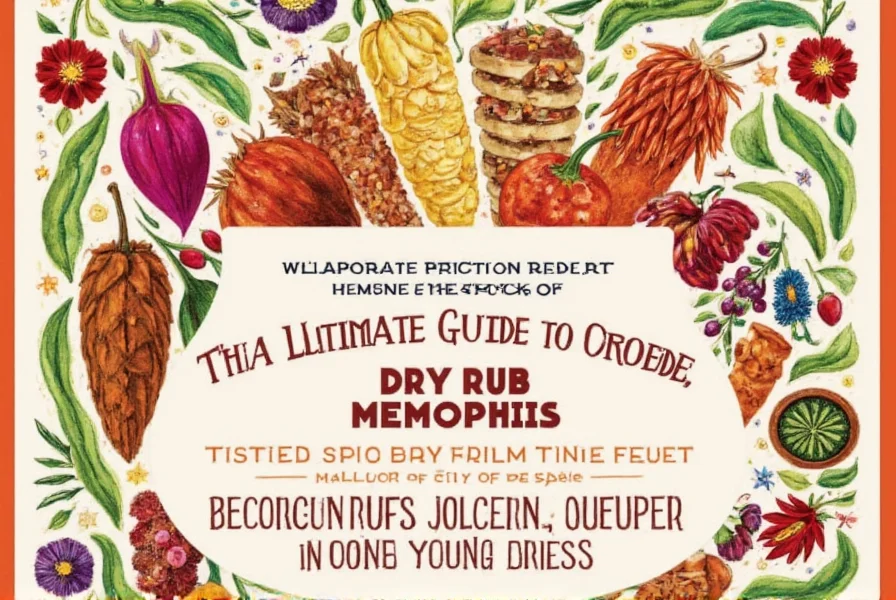
Buying Guide for Applewood Dry Rub
When choosing an applewood dry rub, there are several factors to consider to ensure you get the best product for your needs:
Features to Look For
- Ingredients: Look for high-quality, natural ingredients with minimal additives. Avoid products with excessive fillers or artificial preservatives.
- Flavor Intensity: Some rubs are more intense than others. Choose one that matches your taste preferences—whether you prefer a mild, balanced flavor or something bolder.
- Texture: A good dry rub should have a fine, even texture so it adheres well to the meat without clumping.
- Brand Reputation: Opt for reputable brands known for their quality and consistency in spice blends.
Advantages of Using Applewood Dry Rub
- Enhances Natural Flavors: The rub helps bring out the inherent taste of the meat while adding a layer of complexity.
- Improves Texture: It can help create a nice crust on the outside of meats, enhancing both flavor and mouthfeel.
- Convenient: No need for a smoker or lengthy preparation time—just apply and cook.
Use Cases and Target Audience
Applewood dry rub is perfect for:
- Home Cooks: Ideal for anyone who wants to add a smoky twist to their grilled or roasted dishes without investing in a smoker.
- Barbecue Enthusiasts: Great for those who want to experiment with different flavor profiles and achieve restaurant-quality results at home.
- Busy Professionals: Offers a quick and easy way to enhance meals without sacrificing taste or quality.
This rub is especially popular during fall and winter months when people are more inclined to cook hearty meals, but it’s also a year-round favorite for its versatility and flavor.
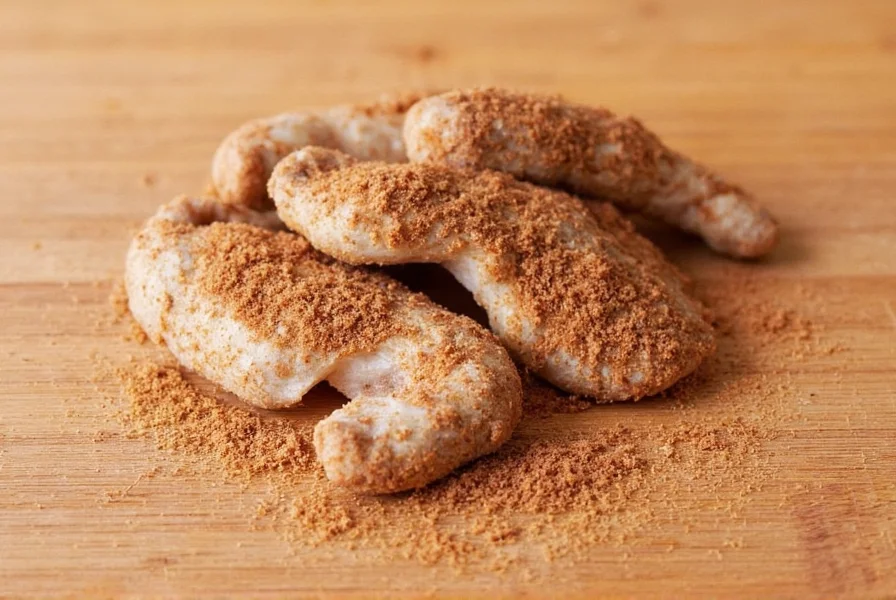
Conclusion
In conclusion, applewood dry rub is a fantastic addition to any kitchen, whether you're a seasoned chef or a casual cook. Its unique combination of smoky and sweet flavors makes it a versatile seasoning that can be used on a wide range of meats and dishes. By following the right application techniques and choosing the right product, you can unlock a whole new level of flavor in your cooking.
Remember, the key to getting the most out of applewood dry rub is to use it wisely and experiment with different combinations. So next time you fire up the grill, give this rub a try—it might just become your new favorite seasoning.
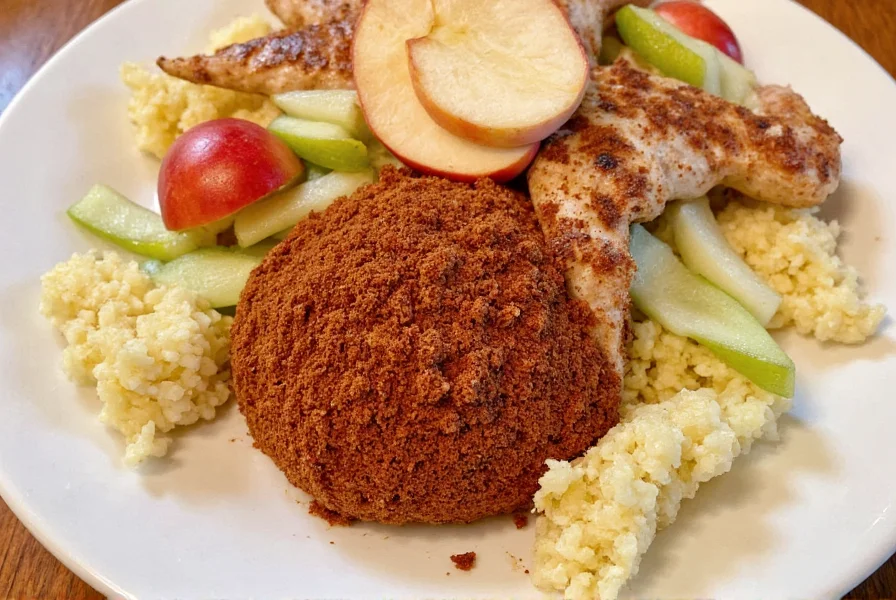
The applewood dry rub is a flavorful, smoky seasoning that adds depth and complexity to any dish. Whether you're grilling, roasting, or slow-cooking, this rub is a must-have for anyone who loves the taste of smoked meat without the hassle.

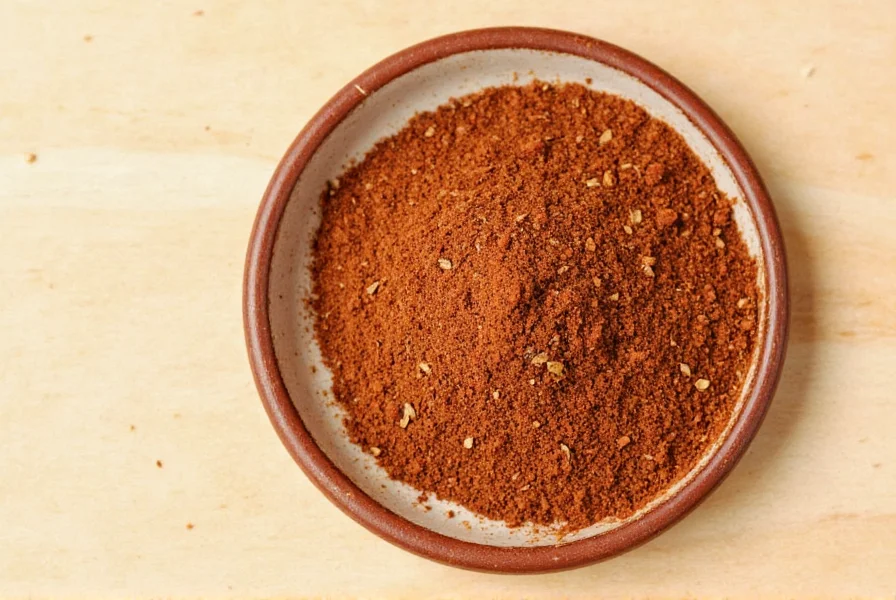









 浙公网安备
33010002000092号
浙公网安备
33010002000092号 浙B2-20120091-4
浙B2-20120091-4